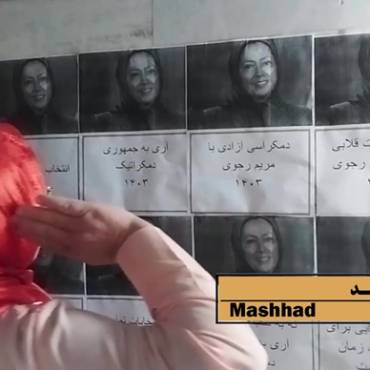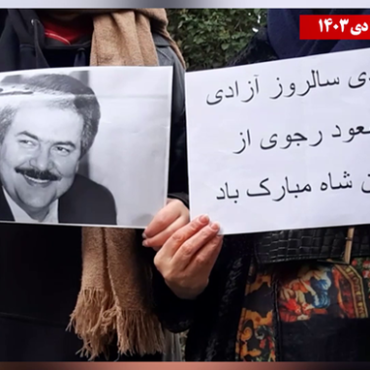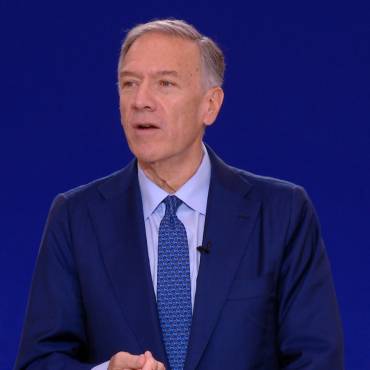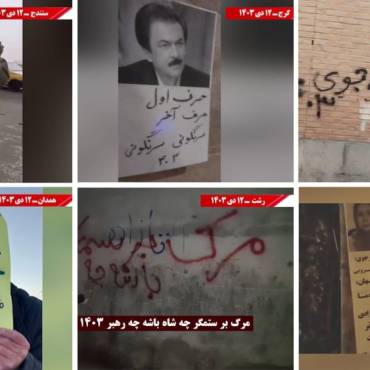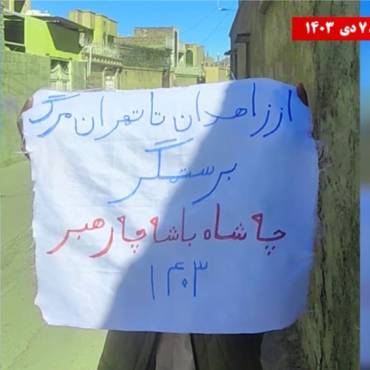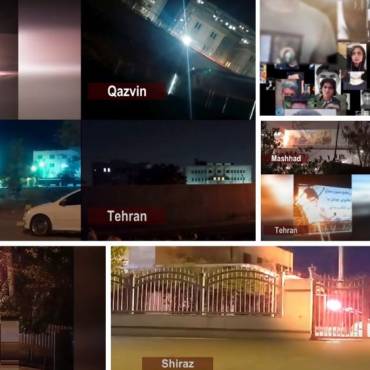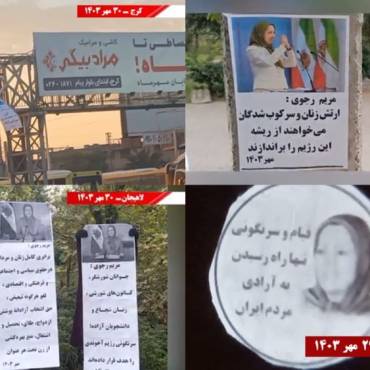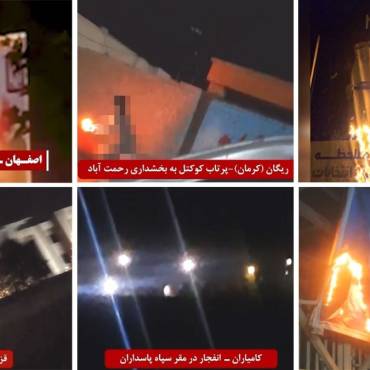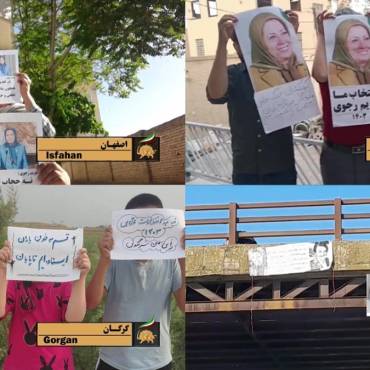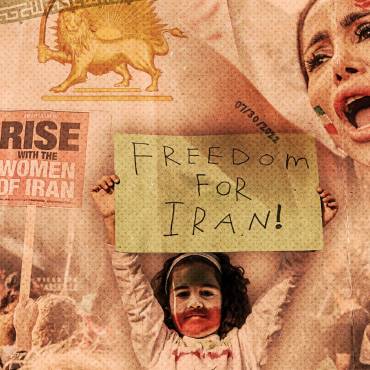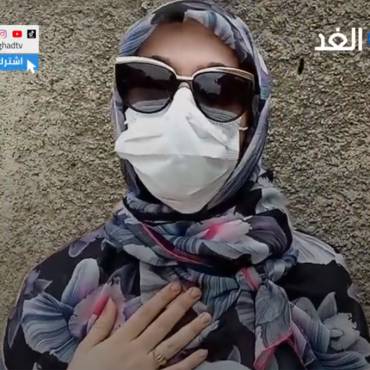Resistance Units’ Strategy in Iran
The tenacity of the Iranian regime, after 43 years in power, can be attributed to its relentless domestic crackdown. This religious dictatorship has sustained a pervasive atmosphere of fear across Iranian society, bolstered by an extensive network of intelligence, military, and security institutions. The regime promotes a narrative of invincibility, asserting that no internal dissent or external force can challenge its authority.
However, the ‘Resistance Units’ have emerged as potent disruptors of this oppressive status quo. Operating under the constant watch of surveillance systems and evading the scrutiny of myriad security agents, these groups of courageous young Iranians challenge the symbols of authoritarianism daily. The Resistance Units are at the forefront of dismantling the regime’s oppressive mechanisms, signaling the impending end of its reign of fear.
These units are not only breaking chains of suppression; they are also pivotal in fueling nationwide uprisings. By taking bold actions, they communicate a powerful message to both Iranian society and the global community: the regime is widely despised within Iran and its facade of strength is crumbling. Despite the regime’s arsenal of advanced technology and weaponry—which it uses to imprison, torture, and execute dissenters—it can no longer instill fear in the hearts of the Iranian people.
Seven years in the making, this network now comprises thousands of young activists, men and women, spread across numerous universities and high schools, and in cities, towns, and villages and neighborhoods. These individuals are audaciously operating in broad daylight, galvanizing the populace to confront the mullahs’ regime, and targeting its security apparatus. Each action undertaken by a Resistance Unit sows the seeds of bravery among the people, striking a significant blow to the regime’s longevity.
The Resistance Units play a crucial role in diminishing the regime’s control by engaging in a series of targeted actions that align with several parallel objectives:
1. Breaking the spell of repression by dismantling the regime’s symbols of authority, such as statues and portraits of its leaders;
2. Mobilizing society to articulate their grievances more vocally and in an organized manner;
3. Publicizing significant occasions in the Resistance movement’s history;
4. Disseminating messages from the Resistance’s leadership;
5. Projecting images of the Resistance’s leadership to bolster their visibility and influence;
6. Specifically targeting the Islamic Revolutionary Guard Corps (IRGC), the paramilitary Basij, and various security and intelligence headquarters;
7. Inciting and directing protests and uprisings to politicize them, increasing their impact against the regime.
The overarching aim of the Resistance Units’ varied activities is to lay the groundwork for a nationwide uprising with the ultimate goal of overthrowing the regime. These activities include confronting key pillars of the regime’s control, particularly the IRGC and other significant elements of the security and intelligence infrastructure. By engaging in these actions, the Resistance Units seek to catalyze a broad-based movement within the population, fostering the conditions necessary for a significant and decisive uprising against the current Iranian regime.
Operating under intense surveillance and risking severe reprisals, these activists continue to inspire widespread resistance within Iran. They demonstrate that despite the regime’s use of advanced technology and brutal tactics to suppress opposition, it cannot maintain the fear needed to secure unconditional compliance. The Resistance Units, embedded deeply within the community and engaging across various social platforms, are pivotal in nurturing a spirit of defiance and encouraging widespread public uprising against the regime.
History is replete with examples of mighty conventional armies faltering against grassroots insurgencies. The Resistance Units, embedded within the community and engaging with locals, foster a culture of activism and resistance. Whether in markets, schools, or workplaces, these activists are ever-present, nurturing dissent and using social media platforms to amplify their cause. This grassroots movement is reshaping the narrative, proving that the regime’s power is not as absolute as it seems.

